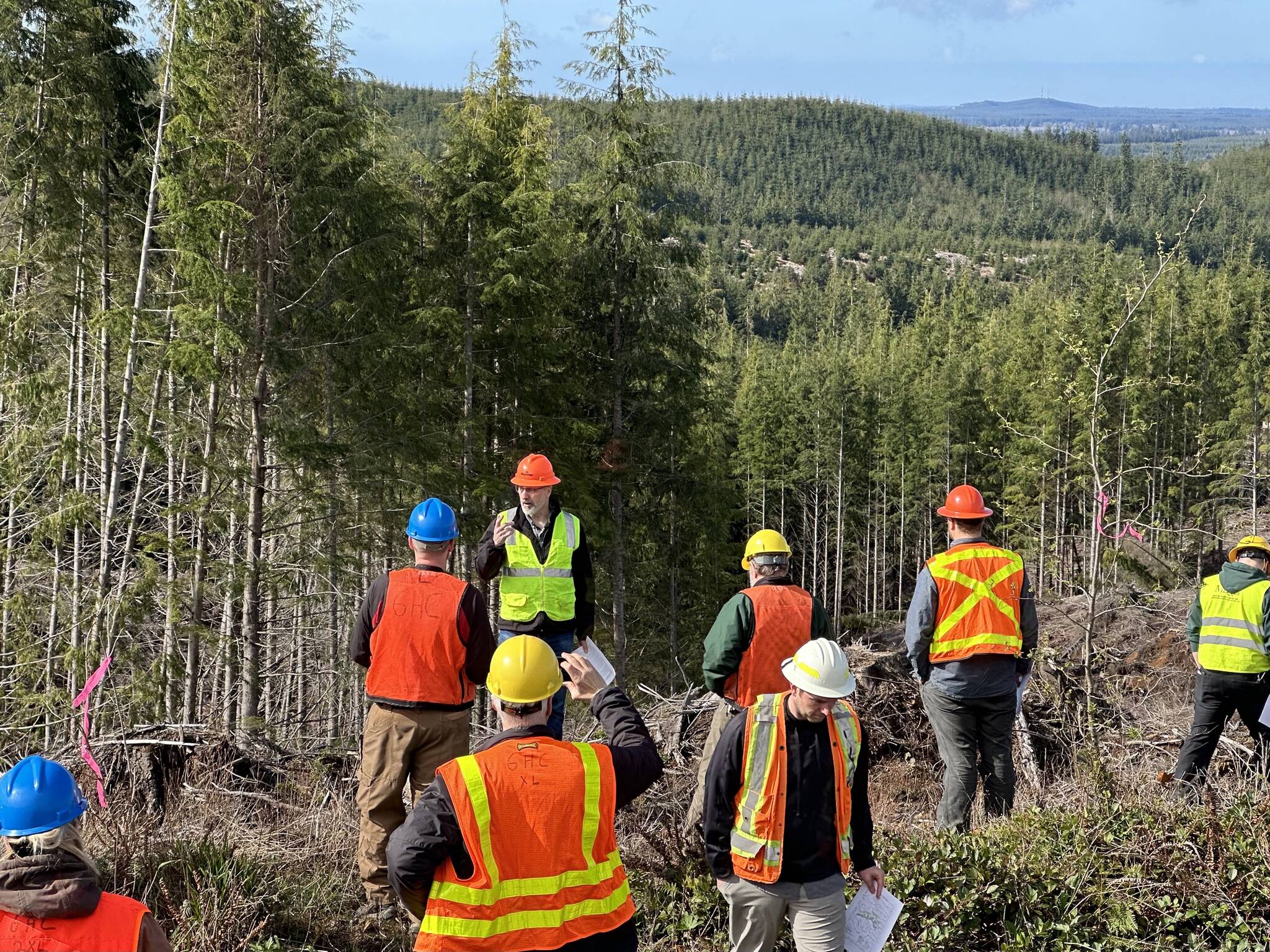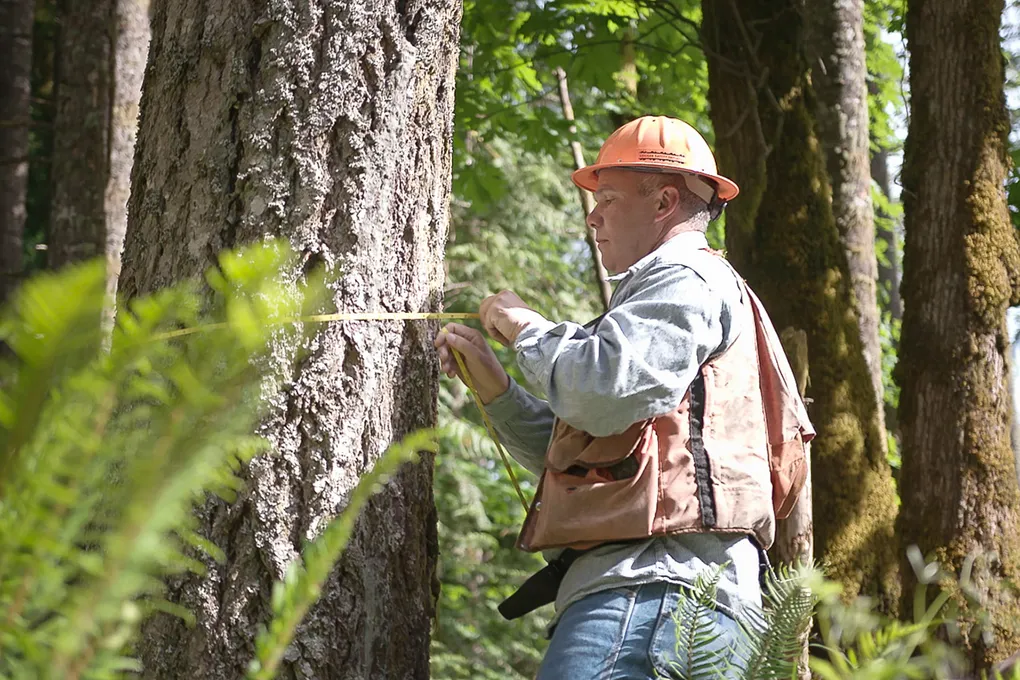Forestry practices encompass the management, cultivation, and conservation of forests to meet various ecological, economic, and social needs. Sustainable forestry practices are essential to maintaining the health and productivity of forests, ensuring biodiversity, and supporting the livelihoods of communities dependent on forest resources. This article explores the principles of sustainable forestry, different forestry practices, their benefits, and the challenges faced in implementing them.

Contents
Principles of Sustainable Forestry
Sustainable forestry aims to balance the needs of the environment, wildlife, and human populations. The key principles include:
- Conservation of Biodiversity: Protecting the diversity of plant and animal species within forest ecosystems.
- Sustainable Yield: Harvesting forest products at a rate that does not exceed the forest’s natural regeneration capacity.
- Maintenance of Ecosystem Services: Ensuring that forests continue to provide essential services such as carbon sequestration, water purification, and soil stabilization.
- Socioeconomic Benefits: Supporting the economic well-being and cultural values of communities that rely on forests.
- Adaptive Management: Continuously monitoring and adjusting management practices based on scientific research and changing environmental conditions.
Types of Forestry Practices
Forestry practices can be broadly categorized into several types, each with specific goals and methods:
1. Selective Logging
Selective logging involves the careful selection and removal of specific trees, minimizing damage to the surrounding forest. This practice maintains forest structure and biodiversity while providing timber resources.
- Benefits: Reduces ecological impact, maintains habitat for wildlife, and allows for continuous forest cover.
- Challenges: Requires skilled labor and careful planning to avoid damaging non-target trees and soil.
2. Clear-Cutting
Clear-cutting is the complete removal of trees from a designated area. It is often used in commercial forestry to maximize timber yield.
- Benefits: Efficient and cost-effective for timber production, simplifies reforestation efforts.
- Challenges: Can lead to soil erosion, loss of biodiversity, and disruption of local ecosystems if not managed properly.
3. Shelterwood Cutting
Shelterwood cutting involves removing trees in phases to establish new growth under the shelter of remaining trees. This method promotes natural regeneration and maintains forest cover during the transition.
- Benefits: Supports regeneration of shade-tolerant species, protects soil from erosion, and maintains habitat continuity.
- Challenges: Requires careful planning and execution to balance light availability and competition among seedlings.
4. Agroforestry

Agroforestry integrates trees and shrubs into agricultural landscapes, combining agriculture and forestry practices.
- Benefits: Enhances biodiversity, improves soil health, increases crop yields, and provides additional income sources.
- Challenges: Requires knowledge of both agricultural and forestry practices, potential competition for resources between crops and trees.
5. Afforestation and Reforestation
Afforestation involves planting trees in areas that were not previously forested, while reforestation is the replanting of trees in deforested or degraded areas.
- Benefits: Restores ecosystems, enhances carbon sequestration, prevents soil erosion, and improves water quality.
- Challenges: Requires significant time and investment, potential issues with species selection and site suitability.
6. Forest Certification
Forest certification programs, such as the Forest Stewardship Council (FSC) and the Programme for the Endorsement of Forest Certification (PEFC), promote responsible forest management practices.
- Benefits: Ensures sustainable practices, provides market recognition, and supports ethical consumer choices.
- Challenges: Certification processes can be costly and complex, requiring ongoing compliance and monitoring.
Benefits of Sustainable Forestry Practices
Implementing sustainable forestry practices offers numerous benefits:
- Environmental Protection: Sustainable forestry helps conserve biodiversity, protect soil and water resources, and mitigate climate change through carbon sequestration.
- Economic Value: Forests provide a wide range of products, including timber, non-timber forest products (NTFPs), and ecotourism opportunities, supporting local economies.
- Social Well-Being: Sustainable forestry practices support the livelihoods of communities dependent on forest resources, preserving cultural heritage and promoting social equity.
- Resilience to Climate Change: Healthy forests are more resilient to climate change impacts, such as extreme weather events and pests, ensuring long-term ecosystem stability.
Challenges in Sustainable Forestry
Despite the benefits, several challenges hinder the widespread adoption of sustainable forestry practices:

- Economic Pressures: Short-term economic gains from unsustainable practices, such as illegal logging and land conversion for agriculture, often outweigh long-term benefits.
- Lack of Awareness and Education: Insufficient knowledge and awareness among stakeholders, including policymakers, landowners, and the public, impede the implementation of sustainable practices.
- Weak Governance: Inadequate enforcement jpslot of forestry laws and regulations, coupled with corruption, undermines sustainable forestry efforts.
- Climate Change: Climate change poses a significant threat to forest ecosystems, altering growth patterns, increasing vulnerability to pests and diseases, and exacerbating the impacts of deforestation.
- Resource Constraints: Limited financial and technical resources can hinder the adoption and maintenance of sustainable forestry practices, particularly in developing regions.
Strategies for Promoting Sustainable Forestry
To overcome these challenges and promote sustainable forestry, several strategies can be employed:
- Policy and Legislation: Strengthening forestry policies and regulations, ensuring effective enforcement, and promoting transparency and accountability.
- Education and Awareness: Raising awareness and providing education and training for stakeholders on the importance and methods of sustainable forestry.
- Incentives and Financing: Offering financial incentives, such as subsidies and grants, to support sustainable forestry initiatives and attract investment.
- Community Involvement: Engaging local communities in forest management, recognizing their rights and knowledge, and supporting community-based forestry projects.
- Research and Innovation: Investing in research to develop and disseminate innovative forestry practices and technologies that enhance sustainability and productivity.
- Global Collaboration: Fostering international cooperation and partnerships to address global forestry challenges and share best practices.
Conclusion
Sustainable forestry practices are essential for preserving the health and productivity of forest ecosystems, supporting biodiversity, and ensuring the well-being of communities that rely on forest resources. By adopting practices such as selective logging, agroforestry, and forest certification, and by addressing challenges through policy, education, and community involvement, we can promote sustainable forestry on a global scale. Ultimately, sustainable forestry is not just about managing trees but about fostering a harmonious relationship between humans and nature, ensuring that forests continue to thrive for generations to come.
Read More Article About “Pharmaceuticals: The Pillars of Modern Medicine“

